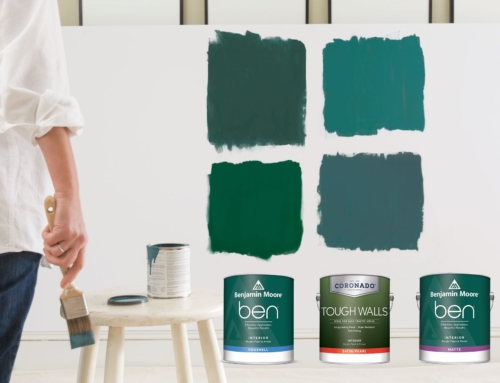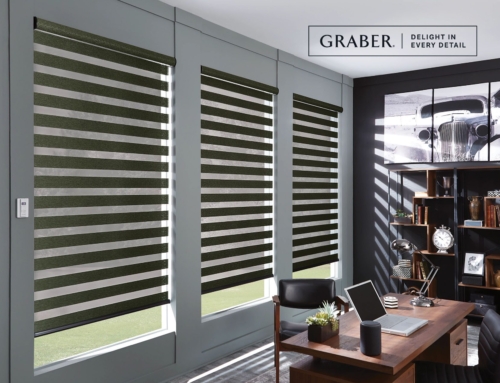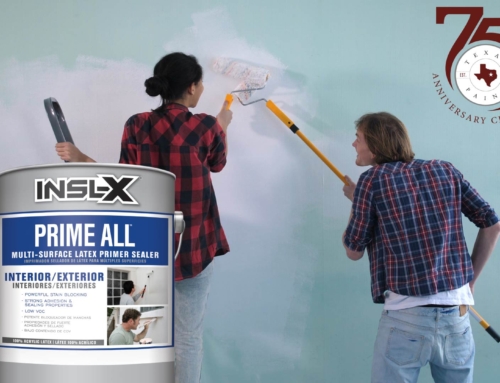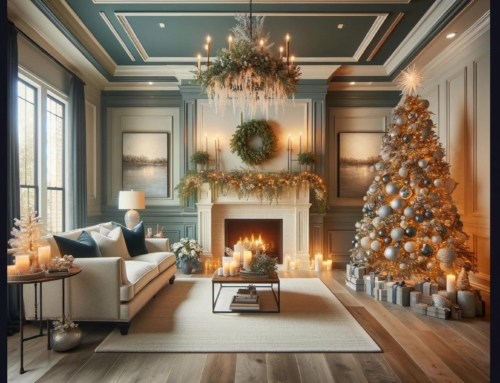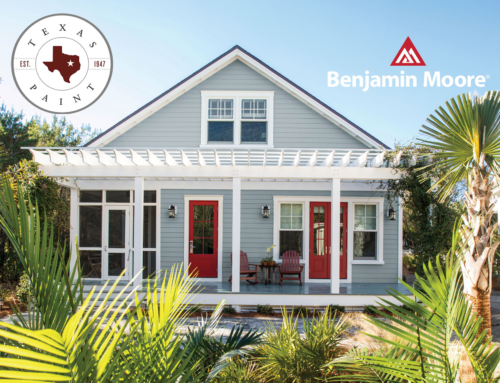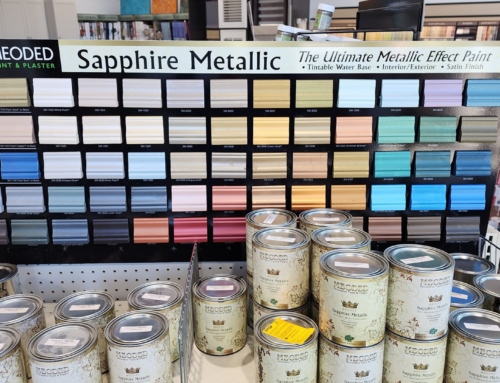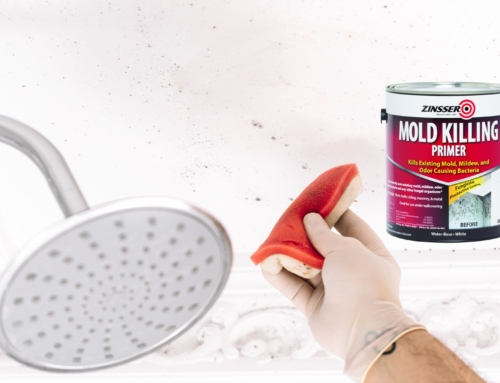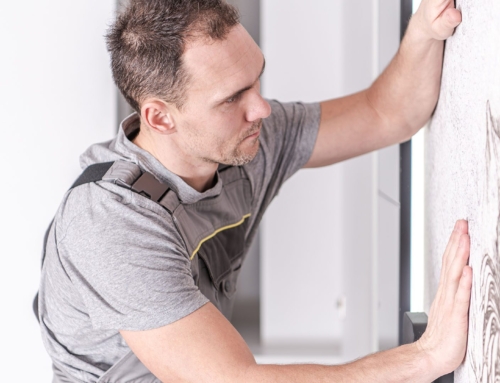Outdoor Painting Preparation Tips
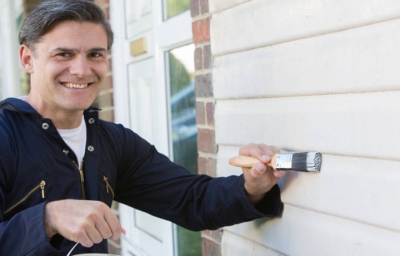 One of the best ways to beautify your home is to invest in painting the exterior. While painting a house can be a big job, it is a project that can be completed in a week or two. You can hire a professional painter or you can do it yourself. Either way, it is important to invest in top-quality exterior paint. Quality Paint like Benjamin Moore Paints lasts longer, covers better, and even has a lifetime warranty against defects in the finish. If you are going to do it yourself, preparation is very important. Begin your exterior paint prep by removing as many items as you can such as planters, mailboxes, shutters, house numbers, hoses, outdoor furniture, and light fixtures. Next, follow the below steps for your outdoor painting project.
One of the best ways to beautify your home is to invest in painting the exterior. While painting a house can be a big job, it is a project that can be completed in a week or two. You can hire a professional painter or you can do it yourself. Either way, it is important to invest in top-quality exterior paint. Quality Paint like Benjamin Moore Paints lasts longer, covers better, and even has a lifetime warranty against defects in the finish. If you are going to do it yourself, preparation is very important. Begin your exterior paint prep by removing as many items as you can such as planters, mailboxes, shutters, house numbers, hoses, outdoor furniture, and light fixtures. Next, follow the below steps for your outdoor painting project.
Drop Cloths – Put drop cloths in place under the areas you plan to paint.
Smooth the Surfaces to Be Painted – Make sure that all surfaces you plan to paint are smooth and free of cracks. Countersink any exposed nail heads and spot prime areas as needed.
Putty and Caulking – Your exterior paint preparation should include using putty and caulk to fill any nail head depressions, cracks, and imperfections on the surfaces to be painted. Where necessary, scrape away old caulk and apply new caulk and prime. When working with bare wood, apply primer before you re–caulk.
Dull Glossy Areas – For glossy or shiny surfaces, lightly sand for better adhesion. Sand any “mill glaze” off new siding, to ensure proper paint adhesion.
Remove Dust, Dirt, and Mildew – Use a cloth or soft brush to clean off any dust and dirt from the surfaces to be painted. Remove chalk residue with a brush or water and be sure to remove any mildew.
Prime Problem Areas – On any exposed areas where paint has worn thin, peeled, or blistered, apply primer and allow it to dry thoroughly.
Clean Gutters, Downspouts, and Eaves – Be sure to clean and prime your gutters and downspouts before painting. Because they are factory–coated, new aluminum gutters and downspouts should remain in good condition for several years. For previously painted gutters and downspouts, remove any rust or peeling paint with a scraper or wire brush. Sand the edges smooth, from sound paint to bare spots. Under eaves, wash protected areas with a garden hose, using a strong stream of water. After the surface of the eaves has dried, apply self–priming IronClad® Latex Low Lustre Metal & Wood Enamel. When new, galvanized gutters and downspouts are coated with a fabricating oil that must be removed before painting. Use our Benjamin Moore Oil & Grease Emulsifier (M83) to remove the oil, and prime with a latex product only.
Prep Masonry and Stucco Surfaces – If your brick or masonry surface is streaked with a white powder or efflorescence, you can remove it with a wire brush and scraper. Take care to find and eliminate the cause of any efflorescence. For newly constructed block and stucco surfaces, be sure to allow 30 to 60 days before you apply a primer or topcoat.
Do you need help finding the right color to make your space appear bigger? Our experts can help. Texas Paint has been in business since 1947 and is an independent dealer of Benjamin Moore Paints and Finishes. Our trained specialists are available to assist you in selecting paint and supplies for your home or business. We also offer FREE 2 hour Pro Delivery Service. Find out more: https://texaspaint.com/pro-delivery/
We have locations across the area in North Dallas, Downtown Dallas, Plano, Park Cities, Grapevine Mills, Fort Worth, Richland Hills, Arlington and Frisco for your convenience.


